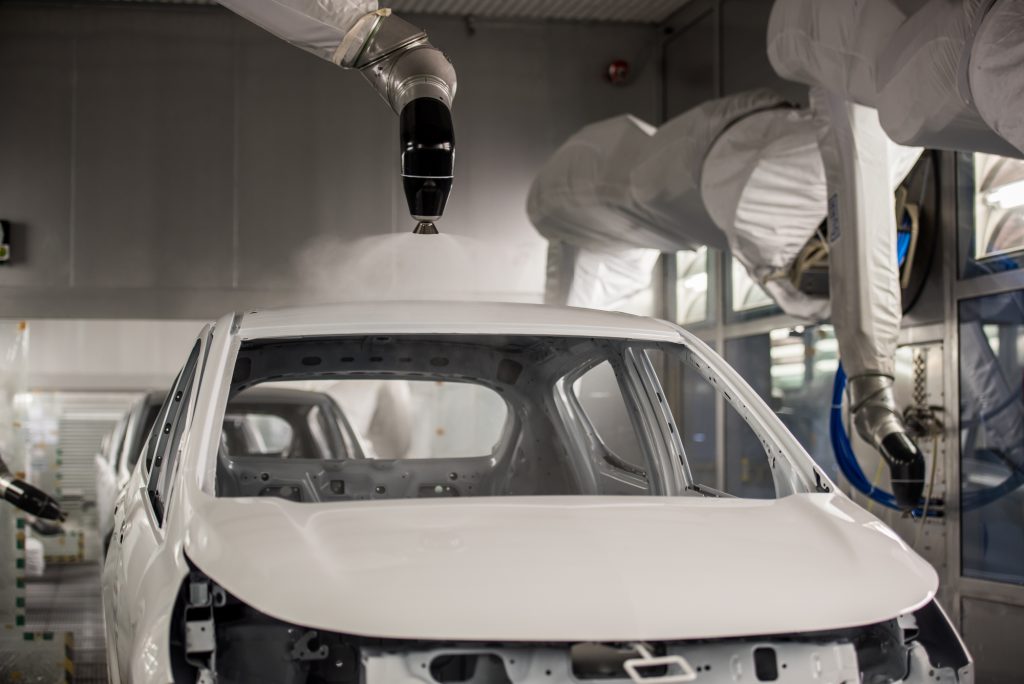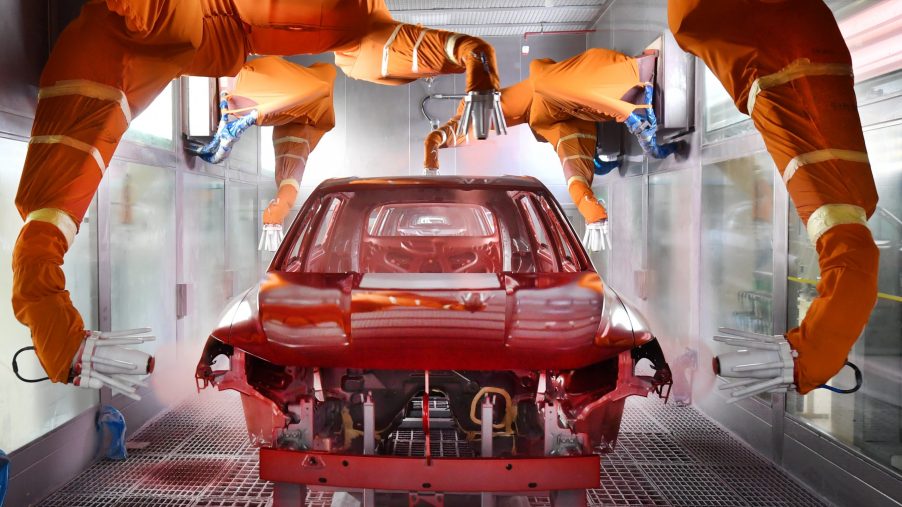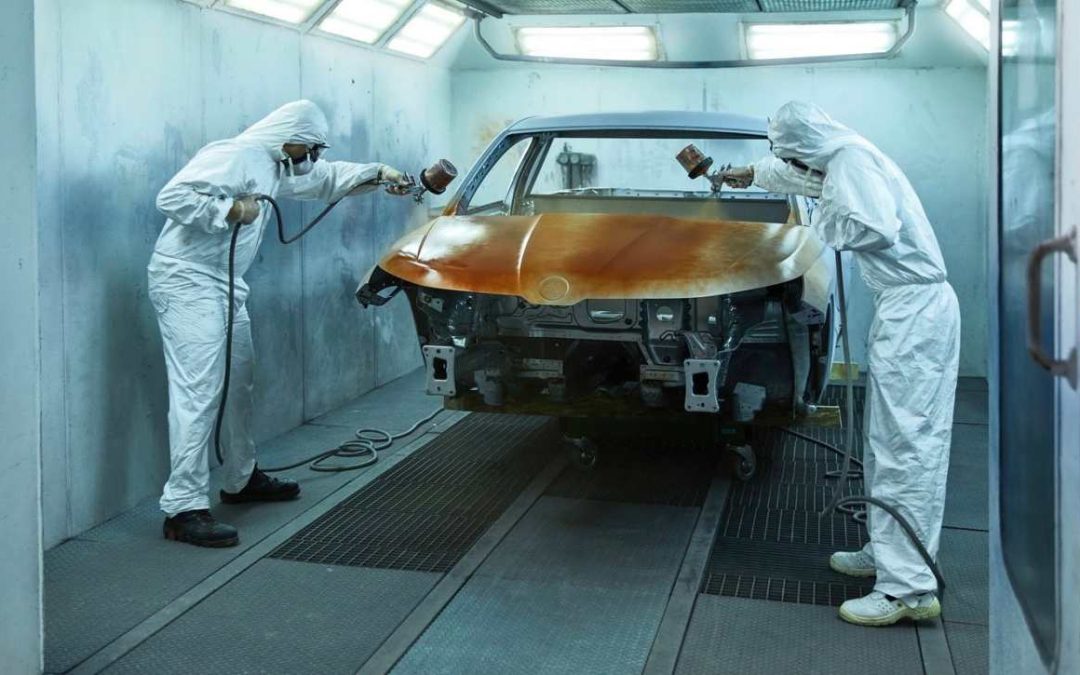When it comes to maintaining the pristine look of your vehicle, one of the most common challenges faced by car owners is large paint chips. These unsightly blemishes can detract from the overall appearance of your vehicle and, if left unattended, can lead to further damage. But worry not, as technology has provided us with tried and tested methods to tackle this issue with ease. In this article, we will delve into the various methods and precautions one should take when fixing large paint chips on a car.
This comprehensive guide will equip you with the essential knowledge and detailed steps required to address and fix large paint chips on your beloved vehicle. So, lets dive right in!

Understanding Paint Chips
What Causes Paint Chips?
Understanding the root causes of paint chips is essential for preventing them. These can be caused by:
- Road debris
- Extreme weather conditions
- Accidental impacts
The Importance of Immediate Action
Addressing paint chips immediately is crucial to prevent rust and further damage. Ignoring them can lead to more costly repairs down the line.
Tools and Materials Needed
Gather Your Supplies
To fix a paint chip effectively, you’ll need the following tools and materials:
- Automotive paint
- Sandpaper
- Primer
- Paint applicator
- Wax and grease remover
Safety First
Ensure you have protective gear such as gloves and masks to avoid inhaling fumes or getting paint on your skin.
Step-by-Step Guide to Fixing Paint Chips
Step 1: Clean the Area
Begin by cleaning the chipped area thoroughly with soap and water, followed by a wax and grease remover.
Step 2: Sand the Chip
Use fine-grit sandpaper to smooth the edges of the chip. This helps the paint to adhere better.
Step 3: Apply Primer
Apply a thin layer of primer to the sanded area and let it dry completely.
Step 4: Apply the Paint
Carefully apply the automotive paint with the applicator. Make sure to blend it with the surrounding area.
Step 5: Let It Dry
Allow the paint to dry completely, usually for 24 hours, before touching or washing the vehicle.
Pro Tips for a Flawless Finish
Choose the Right Paint
Select a paint that matches your car’s color code perfectly for a seamless repair. You can find this code on your cars information plaque.
Layer Carefully
Apply multiple thin layers instead of one thick layer to avoid runs and ensure a smooth finish.
Patience is Key
Take your time with each step to ensure the best results. Rushing the process can lead to mistakes.
Common Mistakes to Avoid
Skipping the Primer
Never skip the primer as it ensures better adhesion and long-lasting results.
Ignoring the Drying Time
Allow ample drying time between each step to avoid smudging and ensure a durable finish.
Maintaining the Paint Job
Regular Washing
Regularly wash your car to remove debris that can cause paint chips.
Waxing
Wax your car every few months to add an extra layer of protection against chips and scratches.
Park Smart
Whenever possible, park your car in a garage or shaded area to protect it from the elements.
When to Seek Professional Help
Severe Damage
If the paint chips are extensive or if you’re unsure about the repair process, seek help from a professional auto body shop.
Lack of Time or Tools
Sometimes, its best to leave it to the experts if you lack the proper tools or time to do the job right.

Environmental Considerations
Always dispose of paint materials responsibly. Follow local regulations for disposing of hazardous materials and consider environmentally friendly paint options when possible.
FAQ Section
Whats the best way to match paint color?
The best way to match paint color is to use the color code found on your cars information plaque. You can also consult automotive paint suppliers for a precise match.
How long does a DIY paint chip repair take?
A DIY paint chip repair can take anywhere from a few hours to a couple of days, depending on the drying times between each step.
Can I fix paint chips without professional help?
Yes, you can fix minor paint chips yourself with the right tools and materials. For extensive damage, consulting a professional is recommended.
For more information on automotive paint processes, you can visit [Ozen Inc](https://www.ozeninc.com/industry-solutions/auto-paint-process/) for an in-depth understanding. For the history of automotive paint, check out [PChrome](https://pchrome.com/history-automotive-paint/).
Additionally, you can explore [high-speed genetic analysis](https://strobox.ai/high-speed-genetic-analysis-and-sequencing-monitoring/), [wafer polishing inspection](https://strobox.ai/high-speed-semiconductor-wafer-polishing-inspection-2/), and [semiconductor manufacturing](https://strobox.ai/high-speed-semiconductor-manufacturing-inspection/) for more technological advancements related to car maintenance and repair.
